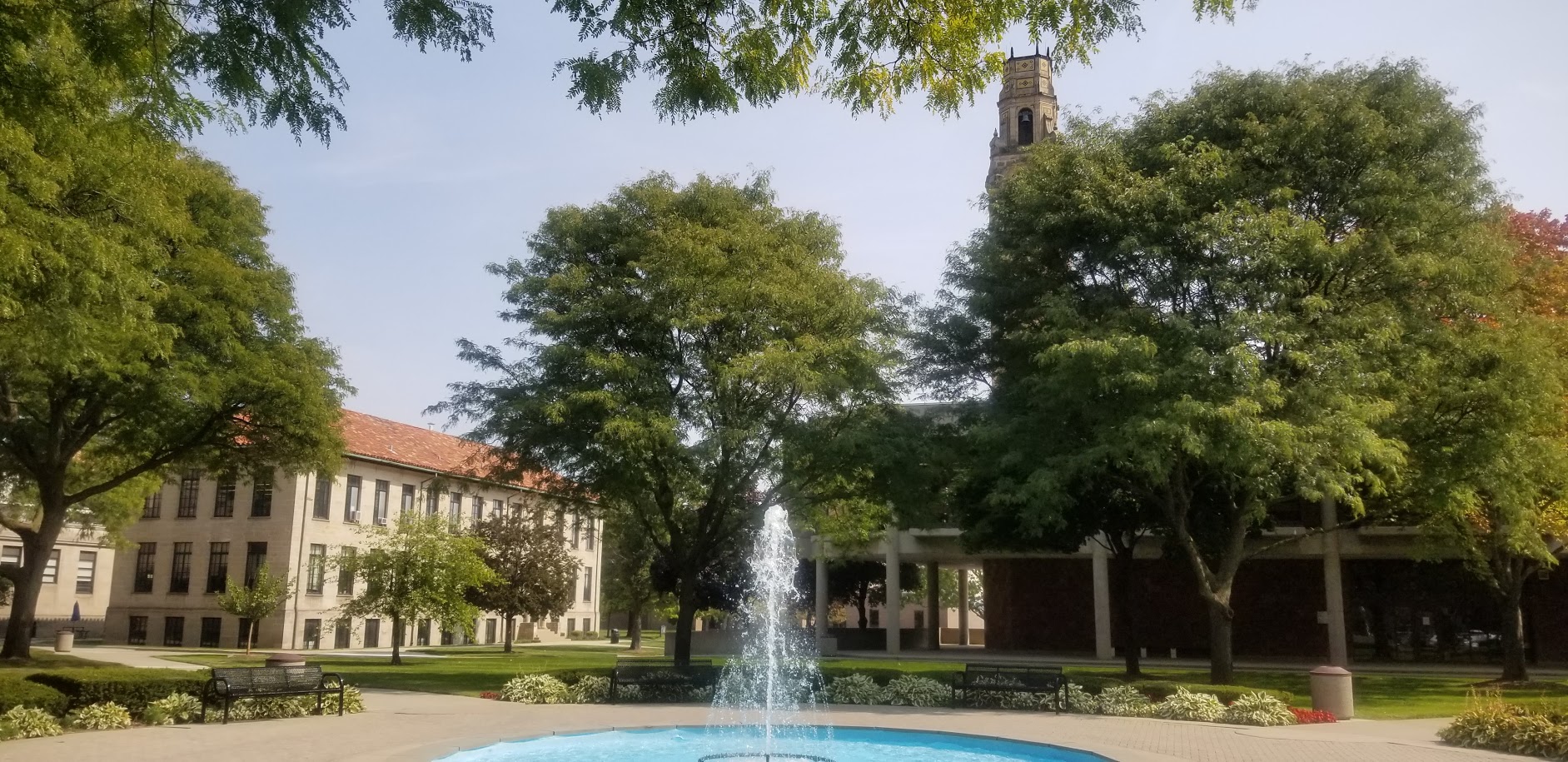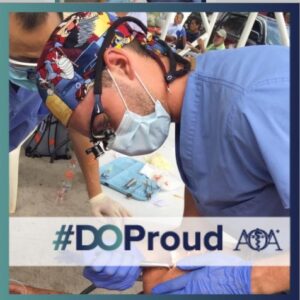What a honor to sit down as the pre-health advisor to interview University of Detroit Mercy Alum and current Medical Student Brysen Keith! Brysen is in his fourth year of Medical School at A.T. Still University-School of Osteopathic Medicine (ATSU-SOMA), and he’s participating in the Health Professions Scholarship Program; a scholarship designed for health professions who are also actively serving in one of the branches of the military. Brysen is a Nationally Awarded Leader and truly has a heart for service!
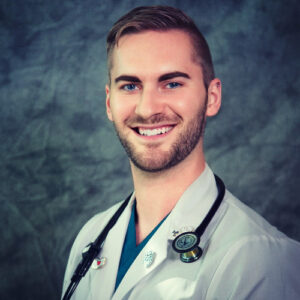
Medical school is a lot of work but at the same time, its not so crazy that you don’t have time for anything else. If you’re finding that you don’t have time for anything else then I think it’s time to reevaluate study habits and things like that…You have to take care of yourself.”-Brysen
Brysen started his undergraduate career as a Civil & Environmental Engineer Major at the University of Detroit Mercy. During his time after undergrad, during CO-OP, he worked in Transportation Engineering and became intrigued by the Biology part of the position. This led him to pursue a Master’s Degree in Biomedical Engineering at the University of Colorado.
I definitely was not your typical medical student for sure! I had no intentions on going to medical school, even coming to the end of engineering.
While pursuing his Biomedical degree, he was introduced to medicine and his interest sparked! He then made the decision to attend medical school.
University of Colorado was really great because they have a huge emphasis on medical device technology. So starting in my very first semester there, they had us basically working as student consultants at the hospital.
Working through my first year I realized, you know I think I like medicine more than the engineering side of things. I really like the patient care side of it. So that’s kind of what set me on that path.
Brysen explains that the Arizona School of Osteopathic Medicine at A.T. Still University was created to address the healthcare needs in under-served communities across the United States. The original A.T. Still University School of Osteopathic Medicine and founding institution of Osteopathic Medicine is located in Kirksville, Missouri.
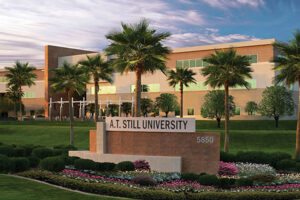
Years ago, we were approached by the National Association of Community Health Centers saying, hey we need more physicians...My school was actually developed as a request from the National Association of Community Health Centers and the federal government to kind of help address the needs of under-served medicine.”
A.T. Still follows a 1+3 model in their Medical Program; the current Medical Student explains the difference in this model and the traditional 2+2 model and shares the benefits of the 1+3 model.
The whole idea of our program was early clinical integration.
We start our clinical rotations in our second year. So the main difference there is instead of starting clinical rotations in 3rd year, which is the typical model; we have a blended second year. Half our time in second year is spent working with patients, working at a community health care center, working in primary care…Along with our didactic programs.
Brysen explains how that in medical education there is the notion that there are two pillars of medical education-the didactic portion and the clinical portion. In addition to these pillars, he explains, there is a third pillar that focuses more on things that are not usually taught in medical school such as navigating insurance and how to assist those patients who are uninsured. He credits the 1+3 Model taught at A.T. Still for including that last pillar as a part of their medical program.
That was kind of a big portion of our second year and our third year… fourth year as well. It is to teach those basics like, how do you help your patients navigate the healthcare system? It’s one thing to be able to say your patients needs this medication but what are you going to do when their insurance doesn’t cover it or it is not available in that area or your patient can’t come to the clinic because they have transportation issues…So that was kind of the big focus with the 1+3 Model.
Brysen used the HPSP Scholarship as a medical student. This program offer a full scholarship for medical school as well a monthly stipend to be a medical student. Along with this scholarship is an obligation to serve in a branch of the military for four years after medical residency. The program requires 6 weeks of active duty rotation each year while in medical school.
Honestly the real commitment comes after you graduate medical school and once you start residency then you’re considered full-time, active duty medical officer physician.
The expectation of you as an officer is in addition to your expectations as a physician. So you’re not only taking care of patients but expected to have a lot of apparent leadership qualities.
There’s a lot of opportunities in the military that you don’t get elsewhere…I always tell people that do it because you want to do it and you want to serve and you want to work with that population.
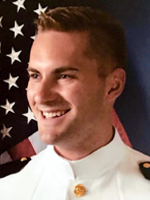
Connect with Brysen Keith on Linkedin
Learn More about this National Leader Here!
If you are in need of pre-health advising and plan to be a University of Detroit Mercy student then schedule an appointment with Carmen Gamlin via https://calendly.com/prehealthadvisor
